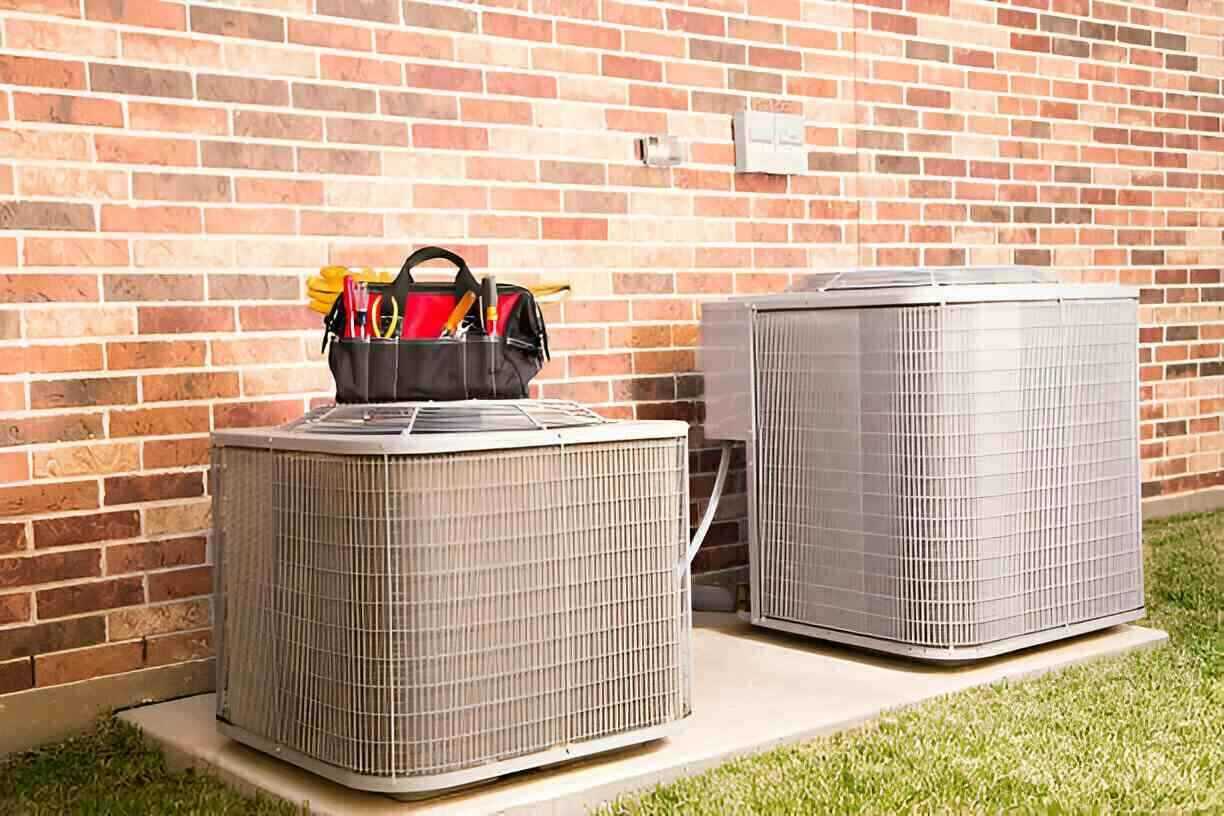AC Installation in Lake Wales, FL


Common AC installation issues in Lake Wales, FL homes
- Undersized or oversized equipment — Systems that are too small struggle on peak heat days; oversized units cycle too frequently, causing poor humidity control and higher wear.
- Leaky or undersized ductwork — Attics in Florida can reach extreme temperatures; leaky ducts lose cooled air and increase run time.
- Poor moisture control — High humidity leads to clammy indoor air and mold growth if the system isn’t sized and installed to manage latent load.
- Improper refrigerant charge or airflow — Incorrect charge or blocked/restricted airflow reduces efficiency and shortens equipment life.
- Inadequate condensate handling — Clogged drains or poor slope can cause water damage and microbial growth.
- Noncompliant installations — Permitting or code oversights can lead to failed inspections and voided warranties.
Site assessment: the foundation of a correct installation
A professional AC installation begins with a detailed site assessment tailored to Lake Wales conditions. Key elements include:
- A Manual J load calculation to determine accurate cooling needs based on home size, insulation, windows, occupancy, and local climate.
- Inspection of attic insulation and ventilation; attic heat gain directly affects system sizing.
- Evaluation of existing ductwork for leaks, insulation R-value, and sizing (Manual D considerations).
- Determination of indoor air quality needs (filtration, humidity control, UV treatment) based on family health and local pollen/mold concerns.
This assessment prevents common mistakes like oversizing and ensures the selected equipment will handle Florida’s humidity and peak temperatures efficiently.
Ductwork inspection and modification
Ductwork often dictates how well a new AC system will perform. For Lake Wales homes, technicians typically:
- Test for leaks and measure static pressure and airflow at key registers.
- Seal and insulate ducts routed through unconditioned attics to minimize thermal gain.
- Resize or add supply/return runs where airflow is inadequate, improving balance and humidity control.
- Recommend upgrades such as higher MERV filters, return-air filtration, and properly sloped condensation lines.
Well-executed ductwork work can reduce run times and lower utility costs while improving comfort in every room.
Unit selection guidance — what to prioritize
Choosing the right system involves more than tonnage. For Lake Wales homes, prioritize:
- Proper capacity (as determined by load calculation) to manage both sensible (temperature) and latent (moisture) loads.
- High efficiency with appropriate SEER ratings for long-term savings, balanced against realistic payback for your usage patterns.
- Features that address local needs, such as variable-speed compressors for better humidity control, robust condensate management, and compatibility with smart thermostats for zone control.
- Warranty coverage and reputable manufacturer support for Florida’s challenging environment.
Your installer should explain trade-offs between efficiency, reliability, and upfront cost, and how options like two-stage compressors or auxiliary dehumidification will improve comfort in hot, humid months.
Professional installation procedures
A professional installation follows industry best practices to ensure performance and longevity:
- Remove old equipment carefully to protect the home and HVAC components that will remain.
- Position outdoor units for proper airflow and stability; provide clearance for lawn maintenance and storm resilience.
- Install refrigerant lines with correct length and insulation to prevent energy loss and condensation issues.
- Connect properly sized electrical circuits and disconnects in compliance with code.
- Mount and seal indoor units and air handlers, ensuring proper condensate drain slope and trap design.
- Balance airflow to meet design CFM at each register.
Technicians will follow manufacturer installation guidelines to protect warranties and ensure reliable operation in Lake Wales’ climate.
Permitting and code compliance
All installations should comply with Florida Building Code and local Polk County permitting requirements. Typical steps include:
- Submitting equipment changeout or new system plans to the local building department.
- Scheduling required inspections (electrical, mechanical, final) and ensuring all work passes before closing permits.
- Providing documentation such as load calculations, equipment data sheets, and refrigerant type for records and warranty purposes.
Proper permitting avoids delays, ensures safety, and preserves resale value.
Testing and commissioning
Commissioning confirms the system performs as intended:
- Verify correct refrigerant charge, compressor operation, and electrical parameters.
- Measure airflow (CFM), static pressures, and supply/return temperatures to confirm capacity and balance.
- Test condensate evacuation under load and inspect for any leaks or blockages.
- Confirm thermostat calibration and program settings for local comfort needs.
A thorough commissioning process ensures efficiency, prevents premature failures, and optimizes humidity control — critical in Lake Wales weather.
Homeowner orientation and documentation
Before leaving, technicians should provide a clear orientation:
- Demonstrate thermostat operation and recommended setpoints to balance comfort and efficiency.
- Explain filter type and replacement intervals, condensate maintenance, and signs of restricted airflow or refrigerant issues.
- Provide equipment documentation, warranty information, and a summary of work performed, including load calculation and commissioning results.
This education helps homeowners maintain system performance and spot issues early.
Post-installation support and maintenance
Long-term performance in Lake Wales depends on routine care:
- Regular seasonal inspections to check refrigerant, electrical connections, airflow, and condensate systems.
- Filter replacement, coil cleaning, and periodic duct inspections to preserve efficiency and indoor air quality.
- Consider additional measures like whole-home dehumidifiers or UV germicidal lights if moisture or biological growth is a concern.
- Warranty registration and keeping records of service visits to support claims and resale disclosures.
Planned maintenance reduces breakdown risk during peak summer months and keeps operating costs down.
Benefits of a properly installed AC in Lake Wales, FL
A correctly executed installation tailored to Lake Wales yields:
- Consistent comfort and better humidity control during long, humid summers.
- Lower utility bills through efficient operation and properly sealed ductwork.
- Fewer repairs and longer equipment life with correct installation and timely maintenance.
- Improved indoor air quality in an area prone to pollen, mold, and high humidity.
Choosing a thorough, code-compliant installation process protects your investment and ensures reliable comfort for your home in Lake Wales, FL.
Service Areas


